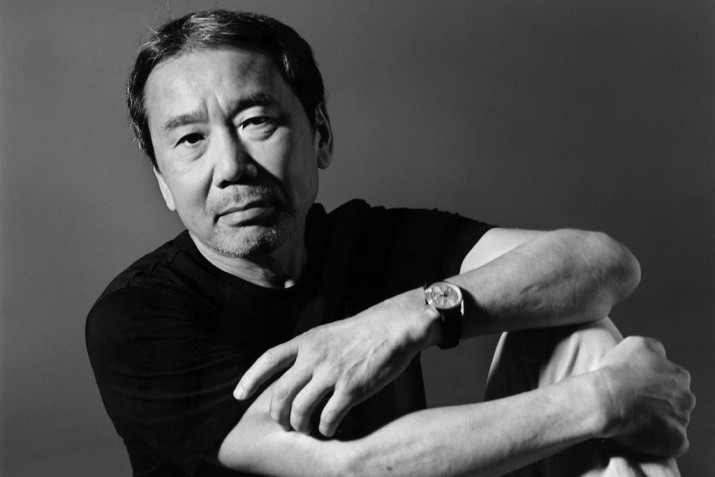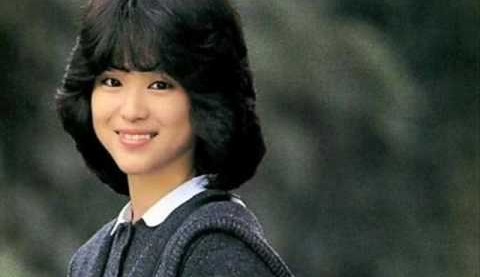
Btrax Design Company > Freshtrax > Gen X? Millenni...
Gen X? Millennials? A Quick Guide to Japan’s Generation Cohorts
Maybe you’ve read a lot about the different habits and tendencies of Baby Boomer, Gen X and Millennial generations, but these social generations are mostly based on Western history and tied closely with the social fabric of those cultures.
Different countries segment their generation cohorts differently depending on their social and political history. For example, the term “Post-80s” came into use in Hong Kong between 2009 and 2010. This group, born after 1980, is different from China’s “Post-80s(八十後)” generation and are said to be “post-materialist” in their outlook.
In Mainland China, the post-80s generation are those born in urban areas between 1980 and 1989. They’re characterised as optimistic and entrepreneurial, with a historic role in transforming modern China into an economic power. Another broader classification is the “one child generation” – said to be those born between the introduction of the one-child policy in 1980 to its softening to the two-child policy in 2013.
Post-war Japan went through many economic and social changes, and their generation cohorts are divided more precisely than the West, with seven different cohorts since the Baby Boomers in 1946. Below is a diagram visually representing each Japanese generation cohort on a timeline.

First Baby Boomers (団塊世代) – Born 1946 ~ 1950
Japan’s baby boomers were born between 1946 and 1950, and grew up in during the post-war recovery. This generation played a big part in the university campus protests in the 1960s, and the 1964 Tokyo Olympics was a major event in their teens.
The baby boomers are a large cohort currently at retirement age. They are generally asset-rich and are expected to have a long retirement, given the long life expectancy of Japanese people.
This generation has also been the driving force behind demand for the latest goods in every era, be it homes, cars, color TVs, air conditioners, washing machines or refrigerators. They popularized American casual fashions and readily caught on to the new style of shopping at large shopping malls and other innovations.
In their late-40s, they experienced the beginning of the recession and the collapse of the bubble economy. Men from this generation are characterized as “corporate warriors” who work themselves to the bone despite the threat of downsizing.
Travel and life insurance sectors are increasingly targeting the retirement generation, centering on baby boomers.
Haruki Murakami (pictured below), is a contemporary Japanese writer who is a worldwide bestseller with works such as Norwegian Wood, 1Q84, and The Wind-Up Bird Chronicle. Born in 1949, he is a part of Japan’s Baby Boomer Generation.

Danso Generation (断層世代) – Born 1951 ~1960
The Danso Generation is wedged between the Baby Boomers and the Shinjinrui, and are the original “otaku” generation. Spending much of their formative years in Japan’s period of rapid economic development, this generation is generally said to be high spenders and would take loans in order to spend more.
As a result, later generations are said to be more conservative in spending in comparison.
Those in the Danso Generation tend to spend the most on automobiles, AV equipment and overseas travel.
Momoe Yamaguchi (pictured below), a former Japanese singer, actress, and idol (retired as of 1980). Born 1959, she is a part of Japan’s Danso Generation.

Shinjinrui Generation (新人類世代) – Born 1961 ~ 1970
The Shinjinrui Generation spent their adolescent years in Japan’s economic bubble. They are regarded as the first generation of media consumption and tend to spend money mostly on themselves. This generation marks the rise of idol and anime/manga subcultures. Shinjinrui children are the first generation to have TVs in their homes growing up.
In the 1980s, when Shinjinrui were in their teens or early twenties, the word “Neaka,” meaning an innate cheerfulness, became popular, and in social situations, those with light, cheerful personalities were regarded highly.
As a result, youth culture from the 80s that resulted from this tendency at the time tended to be “cheerful” as well. Folk music went out of fashion as the tone was too melancholic, and rock music became popular. Heavy metal also appeared on the music scene in Japan at around this time.
Seiko Matsuda (pictured below), often said to be the representative idol and singer of the 1980s, is a member of the Shinjinrui Generation. Born in 1962, she produced 24 consecutive number one singles from 1980 to 1989, a record she held until 2006, when it was broken by Ayumi Hamasaki.

Second Baby Boomers (団塊ジュニア) – Born 1971 ~ 1975
The Second Baby Boomers generation were born during the baby boom between 1971 to 1975 – many were children of the original baby boomers. They grew up in an information and material-rich society.
At the age of 15, in the middle of the 80s, the second baby boomer generation’s world was filled with electronics like TVs, early video game consoles, radio cassette players, telephones, and boomboxes. Fast food and convenient stores also became very common, and society started to see a pattern where young people who lived with their families still ate dinner alone.
Born in 1972, Takuya Kimura (pictured below) is a popular Japanese singer, actor and radio personality. He is a member of the popular boy band SMAP.

Post Bubble Generation (ポストバブル) – Born 1976 ~ 1979
The Post Bubble Generation are generally children of the Danso Generation, and grew up at the height of Japan’s economic bubble. This generation was at the beginning of their adulthood when the Japanese economy’s bubble burst in the early 1990s. Now in their late thirties to early forties, this generation was aggressively recruited by Japanese companies in the late 80s with promises of lifetime employment in a traditional seniority system. They are said to be the last generation joining companies believing in lifetime employment.
As a result, they are slow in making independent decisions regarding their career, such as changing jobs, founding a new company, or launching new businesses within their current company.
Ayumi Hamasaki, a singer and songwriter born in 1978, is part of the Post Bubble Generation in Japan. Today, she holds the record for the most consecutive number one singles on the Japanese Weekly Oricon Singles Chart (25) and is the highest selling Japanese solo artist, with more than 53 million records sold.

80s Generation (エイティーズ) – Born 1980 ~ 1985
The 80s Generation also consists generally of children of the Danso Generation, but unlike the Post Bubble Generation, those born in the 80s are too young to truly remember Japan’s economic boom clearly. Both the Post Bubble Generation and the 80s Generation combine to be called the “Danso Junior Generation,” where their common characteristics are as children or youth who lived partially through the economic bubble of Japan.
During their youth in the 90s, this generation started to own cell phones and have Internet access.
Utada Hikaru, born 1983, is a Japanese American singer-songwriter mainly active in Japan. She is a part of the 80s Generation.

Shinjinrui Junior (新人類ジュニア) – Born 1986 ~ 1995
Rather similar to another generation name coined in 2013, “Satori Generation.” The Shinjinrui Junior Generation is described by the Japanese Consumption Mining as “well-adjusted” as their parents experienced the bubble economy. Compared to their predecessors, they are conservative and mature spenders.
This group is generally said to be less ambitious, more realistic and practical. They tend to follow social norms and are very adaptable. These features can be seen in their consumption patterns as well as they tend to be spendthrifts and indulge significantly less in luxury goods than their previous generations.
Pictured below is popular table tennis Olympic medalist Ai Fukuhara, born 1988. She is part of the Shinjinrui Junior Generation as well as the Yutori Generation (described below).

- Related article: 3 Things You Should Know Before Marketing to Japanese Millennials
Yutori Generation (ゆとり世代) – Born 1987 ~ 1996
Although the Yutori Generation doesn’t fit into the chronological timeline of generations in this article and overlaps with the Shinjinrui Junior Generation, it’s worth a mention. Many younger Japanese people will describe themselves as part of the Yutori Generation when asked which generation they think they belong to.
There are a few definitions of the Yutori Generation, but a common one is those born between 1987 and 1996, who share common characteristics due to the school curriculum guideline changes in the 1980s – which were fully enacted in 2002. In the 1980s, the Japanese government loosened the school curriculum of mandatory education in Japan (elementary and middle school). Hours were reduced and Saturday was no longer a required school day. “Yutori” can be translated as “relaxed” or “free from pressure.”
Those born during the second baby boom in the 1970s went through a hyper competitive education system full of rote memorization and testing. As a result of this “exam hell,” which had other effects such as teenagers committing suicide over academic failure and the spread of school bullying, the Japanese government decided to relax the school environment. The aim of Yutori education was to combat the student stress problems the previous generation faced, putting less emphasis on rote learning and more on creative thinking.
In the late 2000s, there were signs that student achievement was declining compared to other countries. In popular media, the Yutori Generation are seen as less educated and lazy. However, like any generation classification (such as the way mass media writes about “millennials”), the stereotype is to be taken with a grain of salt.
- Further reading: Generation cohort reference (Japanese)
- Featured image: TAGSTOCK1/Shutterstock







